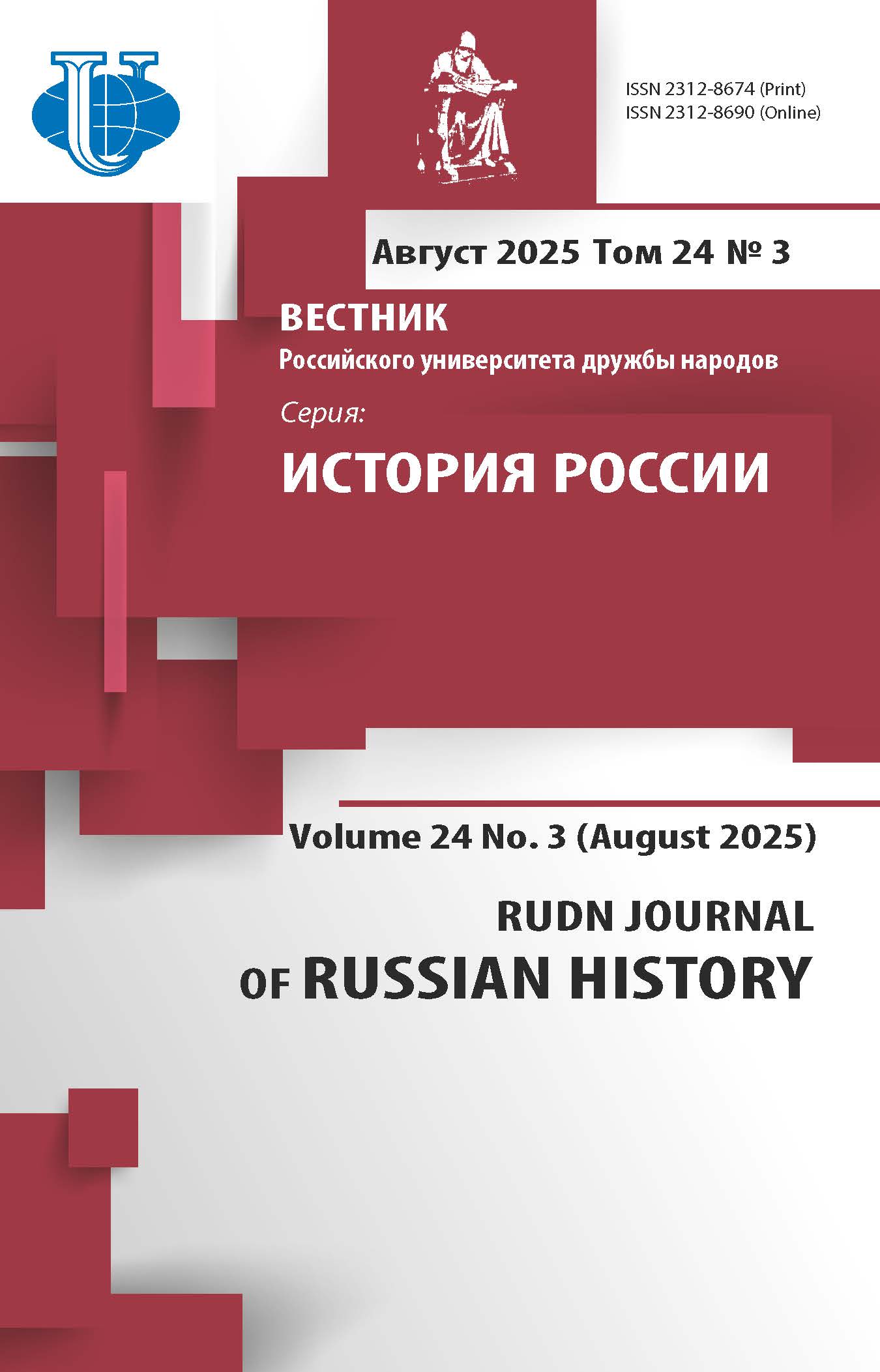IMAGE OF MUHAMMAD ALI OF EGYPT IN THE WORKS OF RUSSIAN TRAVELER OF THE 19 TH CENTURY
- Authors: Aksenova A.A.1
-
Affiliations:
- Peoples' Friendship University of Russia
- Issue: No 2 (2015)
- Pages: 28-34
- Section: ARTICLES
- URL: https://journals.rudn.ru/russian-history/article/view/3951
- ID: 3951
Cite item
Full text / tables, figures
Abstract
In article works and traveling notes of travelers, pilgrims to Egypt in the period of Muhammad Ali of Egypt board for the purpose of definition of the developed image of a Khedive of Egypt in these works are considered. The author analyzes works of travelers to Egypt and the Holy Land within the XIX century and shows the factors which influenced emergence of certain estimates in an image of the governor of Egypt. The carried-out analysis allowed to establish that despite poverty of the population, the general negative attitude perception of Arabs, including the Ottoman Turk, Khedive Muhammad Ali was the secular, educated and hospitable governor in the opinion of travelers. Meanwhile, absolutely other perception developed at the European travelers to whom honors were also done. The Russian travelers preferred not to focus attention on “east despotism” of Muhammad Ali, considering that use of cruel methods the political situation demanded. Also thanks to notes of travelers it was created including an image of the Turkish oppressor, and Muhammad Ali was presented only from a positive side as the secular and fair governor. Intended creation of a negative image of the Ottoman Turk oppressing Egyptians justified continuous collisions with Porta on the international scene.
About the authors
Anastasia Anatol'evna Aksenova
Peoples' Friendship University of Russia
Email: aksenovaafr@rambler.ru
The Department of Russian History
References
Supplementary files















